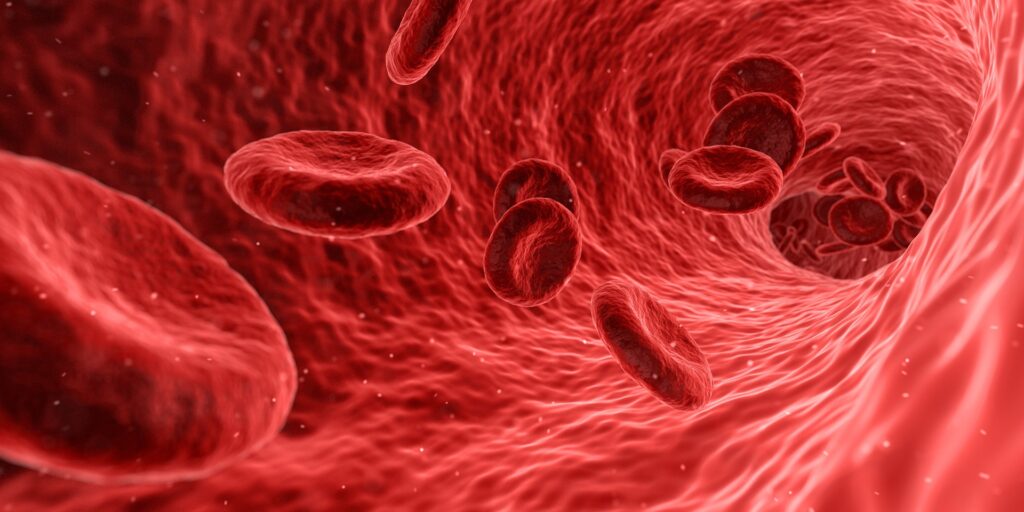
After 60 years of fruitless searches by scientists, researchers from the University of Virginia have finally determined the location of our bodies’ natural blood-pressure sensors.
These cellular sensors monitor blood pressure and adjust hormone levels to keep it in check. Scientists have long suspected that these ‘baroreceptors’, may exist in or around specialised kidney cells called renin cells, but no one has been able to locate the baroreceptors within the cell until now.
The new findings, from UVA Health’s Dr Maria Luisa S Sequeira-Lopez and colleagues, finally reveal where the barometers are located, how they work and how they help prevent hypertension or hypotension. The study was published in Circulation Research.
“It was exhilarating to find that the elusive pressure-sensing mechanism, the baroreceptor, was intrinsic to the renin cell, which has the ability to sense and react, both within the same cell,” said Dr Sequeira-Lopez. “So the renin cells are sensors and responders.”
Back in 1957, it was first proposed that a pressure sensor existed inside renin cells because the cells had to know when to release renin, a hormone that helps regulate blood pressure. Though the baroreceptors had to exist, scientists couldn’t tell what it was and whether it was located in renin cells or surrounding cells.
To tackle this decades-old mystery, the study’s researchers used a combination of innovative lab models and determined that the baroreceptor was a ‘mechanotransducer’ inside renin cells. This mechanotransducer detects pressure changes outside the cell, then transmits these mechanical signals to the cell nucleus, akin to how the cochlea turns sound vibrations into nerve impulses.
Through in vitro tests, the researchers found that applying pressure to renin cells triggered changes within the cells and decreased activity of the renin gene, Ren1. The scientists also compared differences in gene activity in kidneys exposed to lower pressure and those exposed to higher pressure.
Ultimately, when the baroreceptors detect excess pressure outside the renin cell, renin production is cut back, while low blood pressure prompts more renin production.
Dr Sequeira-Lopez said she is looking forward to the work to “unravel the signaling and controlling mechanisms of this mechanotransducer and how we can use the information to develop therapies for hypertension.”
Source: University of Virginia


